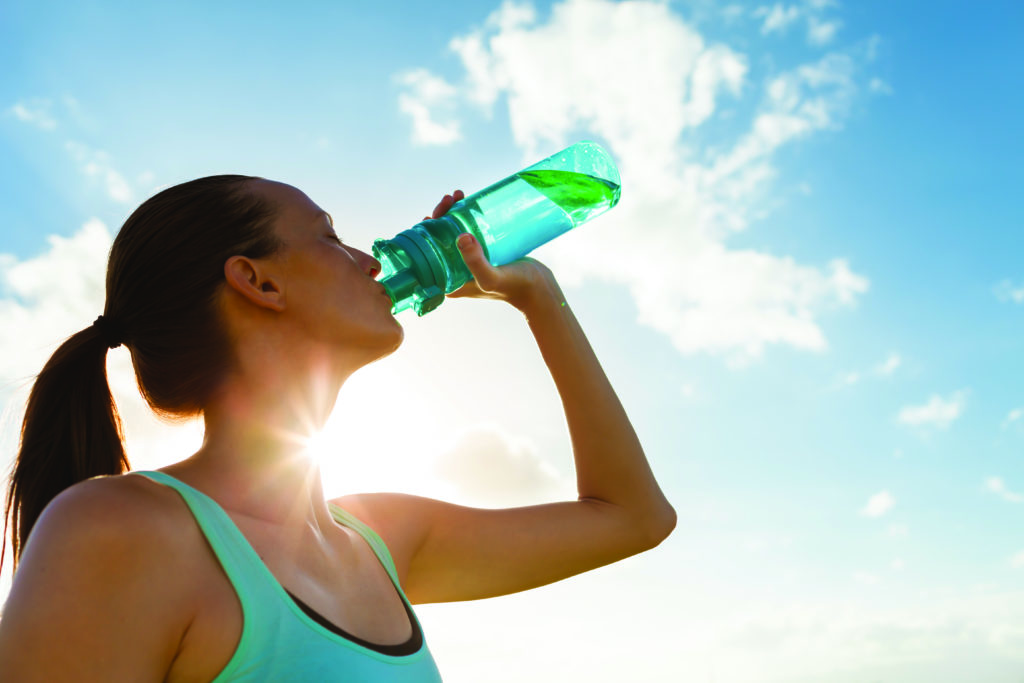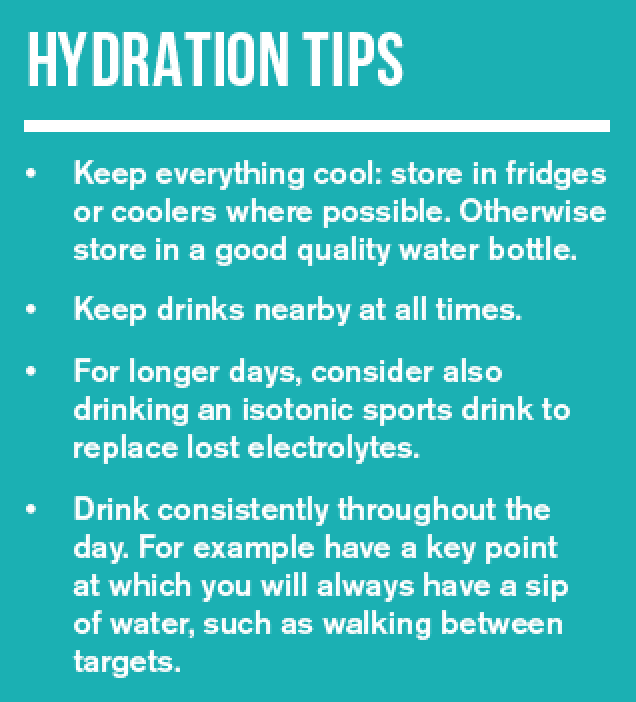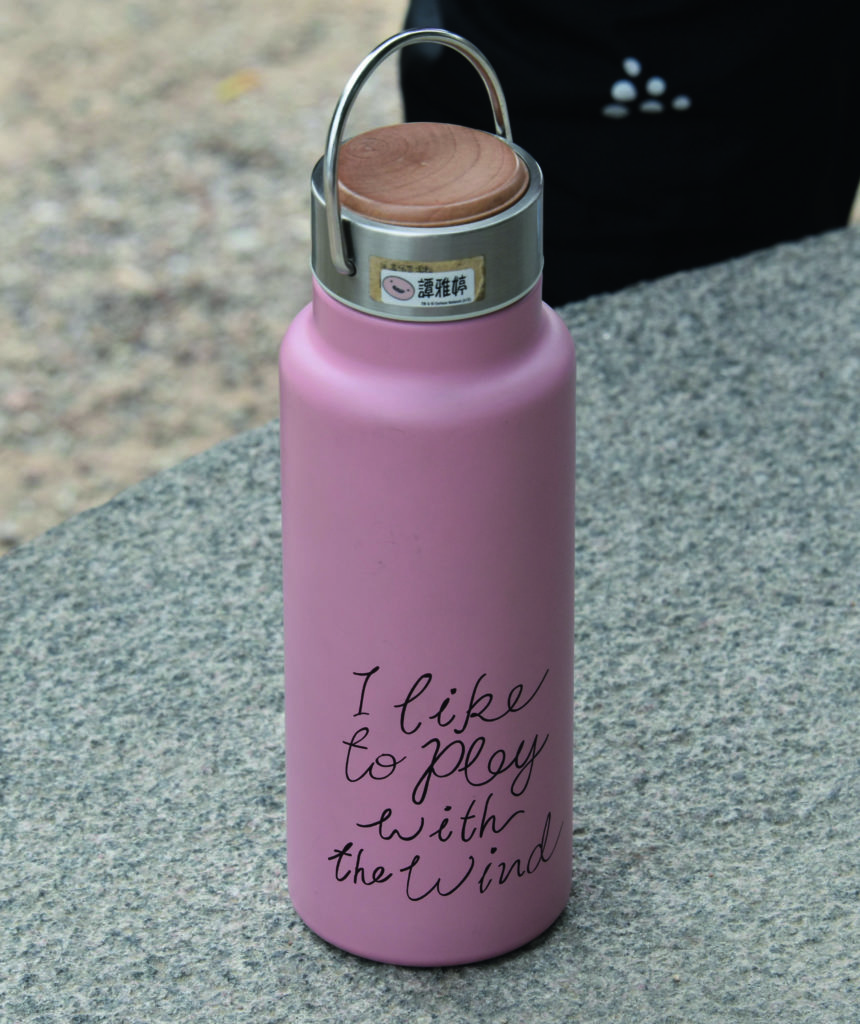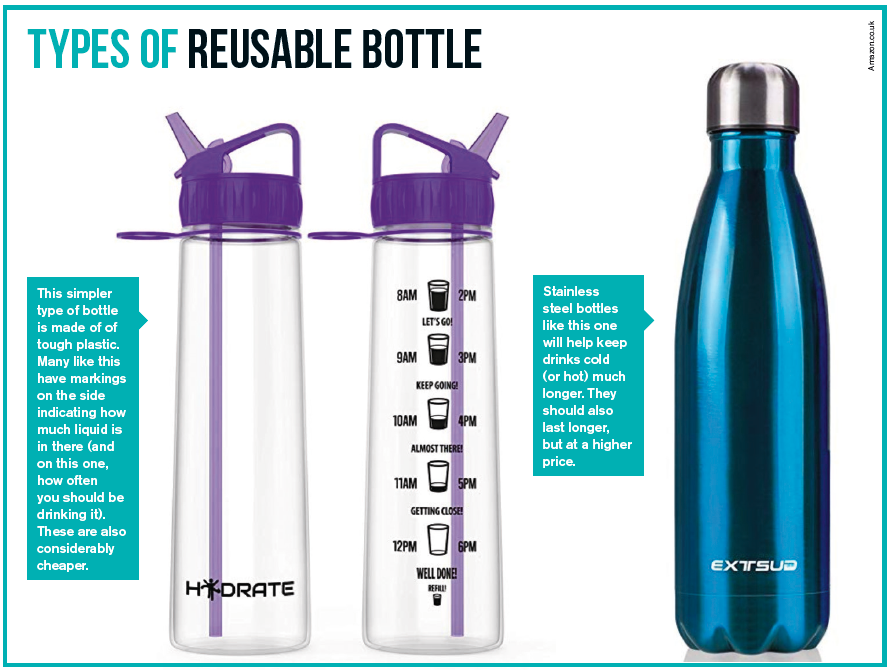
Many archers forget to keep themselves hydrated, and Ethan Lowry is here to tell you how crucial it is.
To some observers, archery may not appear to be the most physically demanding of sports. Due to this assumption, we tend to see a lack of advice when it comes to sports science, especially sports nutrition.
Both amateur and professional archers will quickly attest to the physical and mental stresses that both recreational and competitive archery entails. Accounting for these stresses is often what separates the good competitors from the great, and may make the difference between a podium spot and an early exit.
One of the cornerstones of sports nutrition is hydration. The importance of hydration in other sports is well documented, but how can optimum fluid intake – or lack thereof – affect our performance in archery?
The basics – How much water do I need?
There is an exact formula to calculating optimum intake, however, most people don’t have the knowledge or expertise at their fingertips. If you Google for ‘calculating water for athletes’ you will find a few helpful tips.
Most people have heard of the old recommendation of eight glasses of water per day.
Generally, sports nutritionists and medical professionals now state that this is a misinterpretation of previous studies from decades ago. It’s not that there is no basic truth in that figure; eight glasses of water per day is obviously more beneficial than zero.

It is also probably ample enough for the average person, and definitely plenty for a sedentary person who takes part in no exercise at all.
As athletes however (this applies to all levels) we are not average, and thus we require more than the average amount of fluid intake.
Several other factors also come into play which will mean that you require more water:
- If you exercise hard
- The longer you exercise the more water you require
- If you are in a warm and/or dry environment
- If you are ill
- If you are pregnant
- If you are in a mentally stressful situation
Competitive (or just recreational) archery obviously covers several of these scenarios. Depending on the type of competition, archers can walk up to several miles in a day, and for most, these are very long days if not whole weekends of long-duration exercise. Many competitions also take place in warmer climates, which requires more energy and water intake.
Few sports outside of shooting – whether a bow or otherwise – use an equal amount of mental energy as physical energy. Depending on the competition, the individual might have to to calculate distance, gradient, wind speed, rain and many more elements, all whilst coping with the stress of actually competing.
This too requires a degree of energy and with the combination of the physical stresses of the sport, it’s an ideal situation which can lead to dehydration.

What is water used for?
We must remember that water isn’t simply a magic formula that refuels us with energy. It has many different roles:
- It gets rid of waste products that run off from other bodily functions (urination, sweat or bowel movements all contain various waste products)
- It regulates body temperature
- It maintains healthy joints
A lack of water, even in the short term can lead to a myriad of symptoms, all of which impair most activities, but especially a sport like archery:
- lack of energy
- increased confusion
- slower decision making
- rapid heartbeat
- dizziness
One of the best ways we can keep on top of our hydration levels is the sensation of thirst.
It may seem obvious but it would shock you how in the midst of competition, just how many archers forget to keep tabs on themselves.
Remember the list of symptoms mentioned above, and ask yourself regularly if you are experiencing any of these.
What should I be drinking?
When we exercise, we don’t just lose water, we also lose important micronutrients called electrolytes. These electrolytes form a key part of the hydration process and how water is used throughout the body, in all its various processes.
We also lose a certain amount of energy through carbohydrates and/or fats, which, depending on the type of exercise we are taking part in, also needs to be replaced.
Typically the longer the duration of our exercise, the more likely it is that we will need to replace these electrolytes, and carbohydrates or fats, alongside the water that we have lost.
There is a never-ending list of products available in terms of water, sports drinks or energy drinks, each with varying effectiveness in regards to rehydration.
1 – Water. Not all water is created equal. Water naturally contains at least some electrolytes. You’ll typically find that higher end waters like San Pelligrino or Fiji water have slightly higher amounts than the run of the mill bottled water, but the difference is negligible. Most people buy different brands based on taste.
2 – Isotonic sports drinks. Brands such as Lucozade Sport, Powerade, or Gatorade are nearly synonymous with sport itself – although this is largely down to aggressive marketing. But credit where credit is due, these brands do an excellent job in providing the three requirements for optimum hydration: water, electrolytes and carbohydrates. Compared to water, these sports drinks – at least for the most part – are significantly better at rehydrating.
3 – Energy drinks. These are a bit more of a minefield. Energy drinks fall into one of three categories: caffeinated, sugary or both. Again there are benefits to all three of these but in terms of the ability for someone to hydrate themselves, none will be as effective as water or isotonic sports drinks.

How do I store my water?
This may seem like a simple question but there are as many different types of water bottles as there are brands of water. There are a couple of important factors to bear in mind.
Firstly, keeping your water cool helps to keep a rising body temperature at bay. It’s therefor important, that whatever container you use keeps the water as cool as possible, for as long as possible. The market is fairly saturated when it comes to water bottles that keep drinks cold.
The science behind it has been cracked for quite a while with the best of the best being a stainless steel bottle with vacuum insulation. Any water bottle that fits this category will be sure to keep your drink cold.
If you chose a plastic water bottle be sure to remember that it will not keep your drink as cold as the above stainless steel model. A more important point about plastic bottles to remember is that unlike their steel counterparts, they are significantly less durable.
With the long treks that some competitions require, or even daily use at the range, steel is going to outlast plastic any day. If you still choose plastic, be sure that you purchase a bottle that is BPA-free. BPA – known as Bisphenol A – is a harmful substance used in the manufacturing of many products, but specifically plastics.
The substance can leech into various foods or liquids that are stored in them and subsequently enter your body when they are consumed.
Thankfully, as the years go by, water bottles – even some single use ones – are less likely to contain BPA but they do still exist. Even the cheapest plastic water bottle can be BPA-free and so cost shouldn’t really come into play.
It may seem rather over-the-top but where you store your water bottle can be equally as important when it comes to keeping your liquid cool. If it’s a scorcher of a day, then do not leave it out in direct sunlight. Instead keep it stored in a bag or coolbox, and keep it in the shade. ■

